
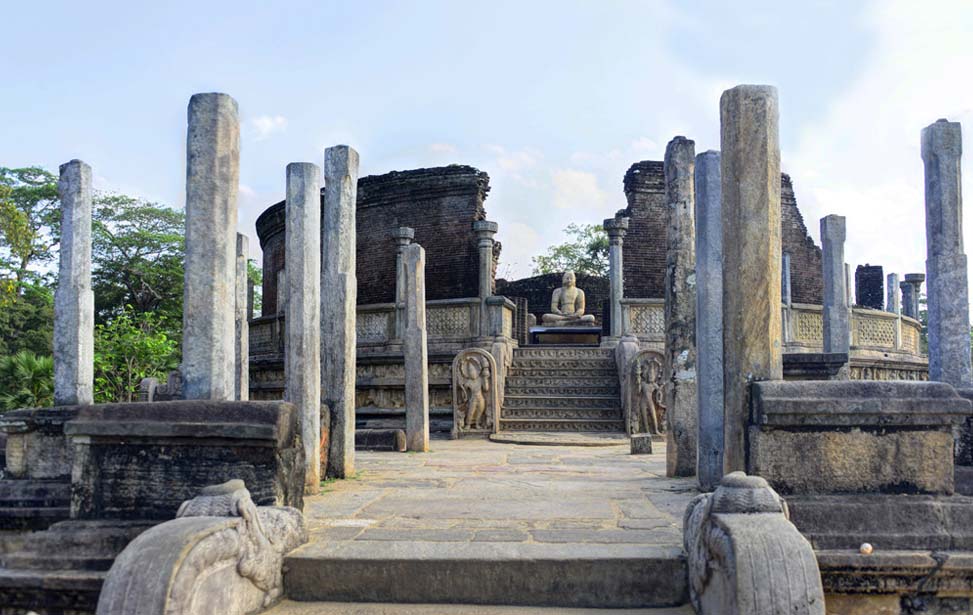
Polonnaruwa Watadageya
The Polonnaruwa Vatadage is an ancient structure dating back to the Kingdom of Polonnaruwa of Sri Lanka. It is believed to have been built during the reign of Parakramabahu I to hold the Relic of the tooth of the Buddha or during the reign of Nissanka Malla of Polonnaruwa to hold the alms bowl used by the Buddha. Both these venerated relics would have given the structure a great significance and importance at the time. Located within the ancient city of Polonnaruwa, it is the best preserved example of a vatadage in the country, and has been described as the "ultimate development" of this type of architecture. Abandoned for several centuries, excavation work at the Polonnaruwa Vatadage began in 1903.
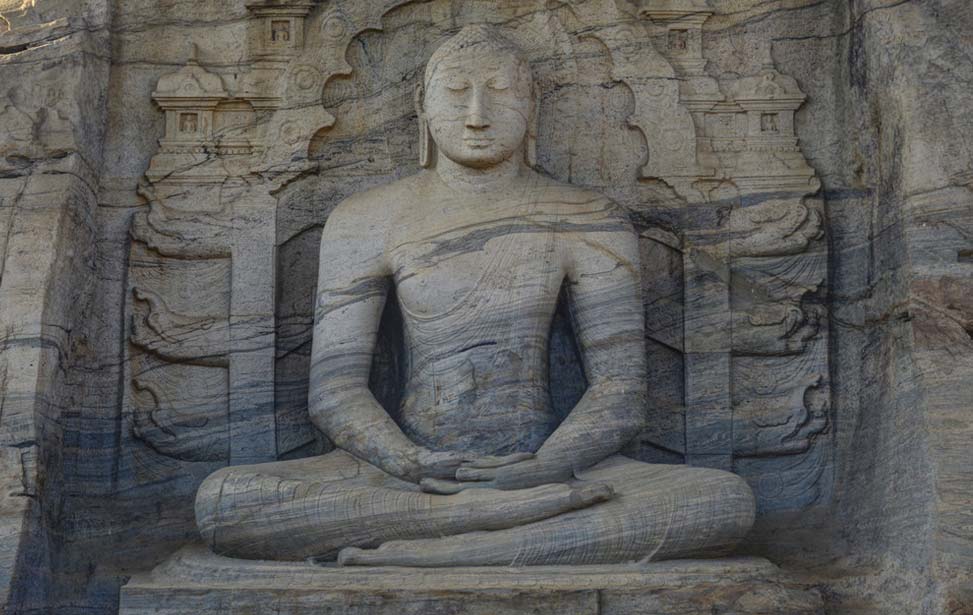
Gal Viharaya
The Gal Vihara, also known as Gal Viharaya and originally as the Uttararama, is a rock temple of the Buddha situated in the ancient city of Polonnaruwa in North Central Province, Sri Lanka. It was fashioned in the 12th century by Parakramabahu I. The central feature of the temple is four rock relief statues of the Buddha, which have been carved into the face of a large granite rock. The images consist of a large seated figure, another smaller seated figure inside an artificial cavern, a standing figure and a reclining figure. These are considered to be some of the best examples of ancient Sinhalese sculpting and carving arts, and have made the Gal Vihara the most visited monument at Polonnaruwa.
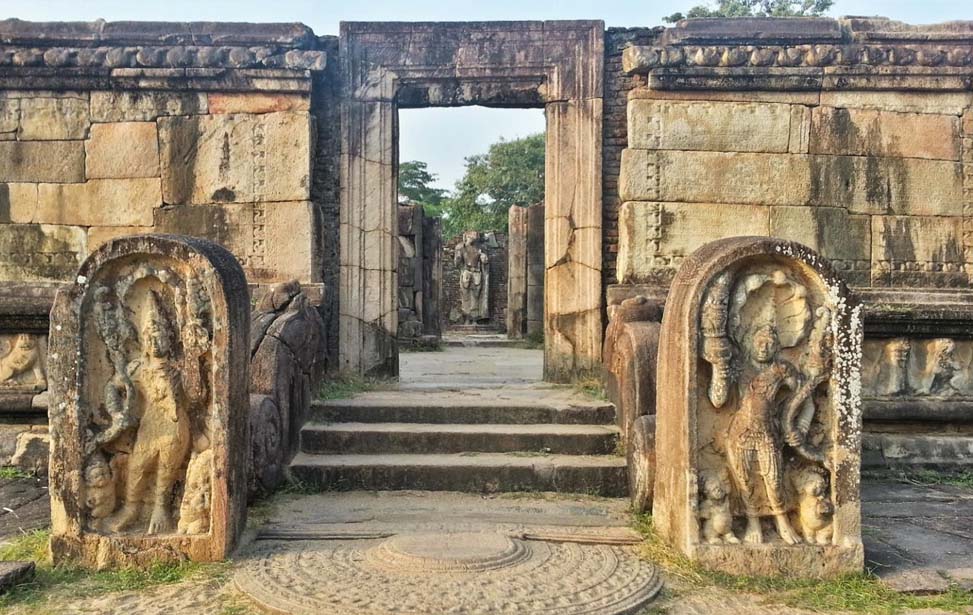
Polonnaruwa Hatadageya
Hatadage is an ancient relic shrine in the city of Polonnaruwa, Sri Lanka. It was built by Nissanka Malla, and had been used to keep the Relic of the tooth of the Buddha. The Hatadage had been built using stone, brick and wood, although only parts of the brick and stone walls now remain. It appears to have been a two-storey structure, but the upper storey has now been destroyed. Three Buddha statues carved out of granite rock are located within a chamber of the shrine.

Nissanka Latha Mandapaya
Nissanka Latha Mandapaya is a unique structure in the ancient city of Polonnaruwa in Sri Lanka. Built by King Nissanka Malla (1187 1196) and named after him, it is located near the western entrance of the Dalada Maluva, the area that contains the oldest and most sacred monuments in the city. A nearby stone inscription identifies this as the building used by Nissanka Malla to listen to pirith (chanting of Buddhist scriptures)
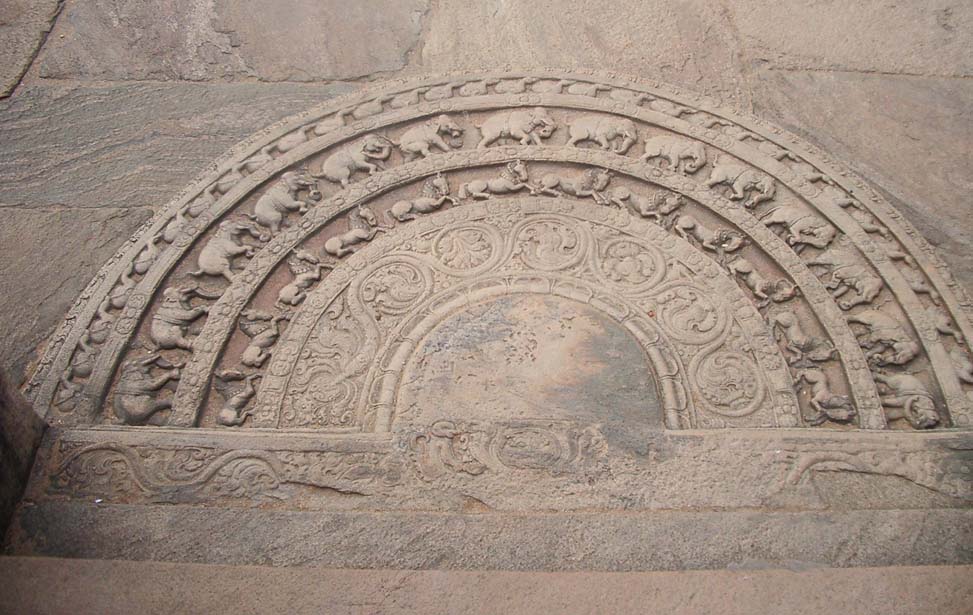
Sandakada Pahana
The design of the sandakada pahana of the Polonnaruwa period differs largely from that of the Anuradhapura period. The single band that was used to depict the four animals was removed, and processions of the elephant, lion and horse were depicted in separate bands. The most significant change is the removal of the bull from the sandakada pahana.The Anuradhapura tradition of placing sandakada pahanas only at entrances to Buddhist temples also changed, and they are found at the entrances of other buildings belonging to the Polonnaruwa period as well.
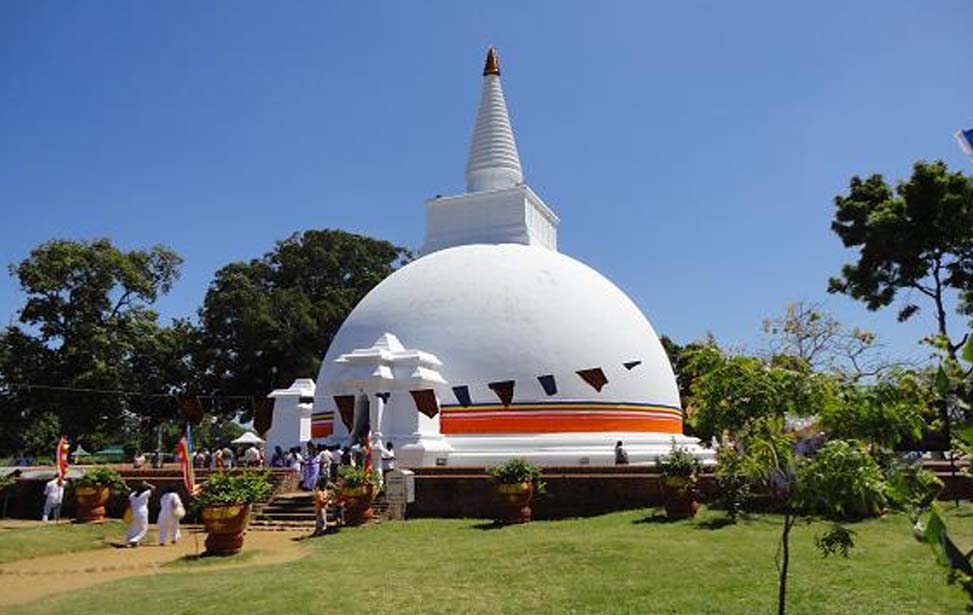
Somawathiya
The Somawathiya Chaityais a Buddhist Stupa situated in the ancient city of Polonnaruwa, Sri Lanka. Chaitya premises is called the Somawathiya Rajamaha Viharaya.The Somawathiya Chaitya is located within the Somawathiya National Park on the left bank of the Mahaweli River, and is believed to have been built long before the time of Dutugamunu enshrining the right canine Relic of the tooth of the Buddha. It is attributed to the reign of King Kavan Tissa - Dutugemunu’s father - who ruled Magama. Somawathiya is therefore much older than Ruwanwelisaya, Mirisawetiya Vihara or Jetavanaramaya.
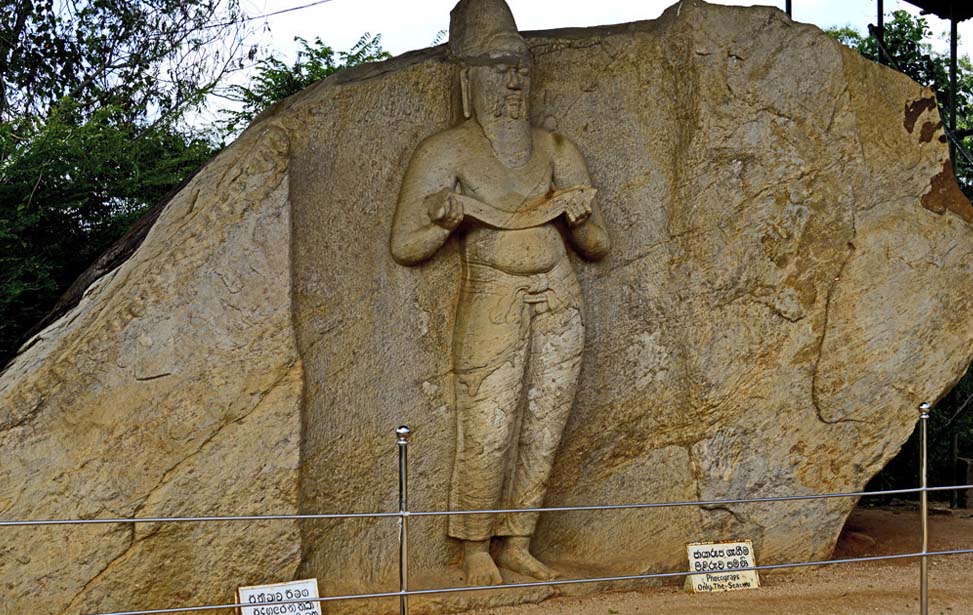
Parakramabahu I
Parakramabahu I (Pali Maha Parakaramabahu 1123–1186) was king of the Kingdom of Polonnaruwa from 1153-86. During his reign from the capital city of Polonnaruwa, he unified the three lesser kingdoms of the island, becoming one of the last monarchs in Sri Lankan history to do so. He oversaw the expansion and beautification of his capital, constructed extensive irrigation systems, reorganized the country's army, reformed Buddhist practices, encouraged the arts and undertook military campaigns in South India and Burma. The adage "not even a little water that comes from the rain must flow into the ocean without being made useful to man" is one of his most famous utterances.
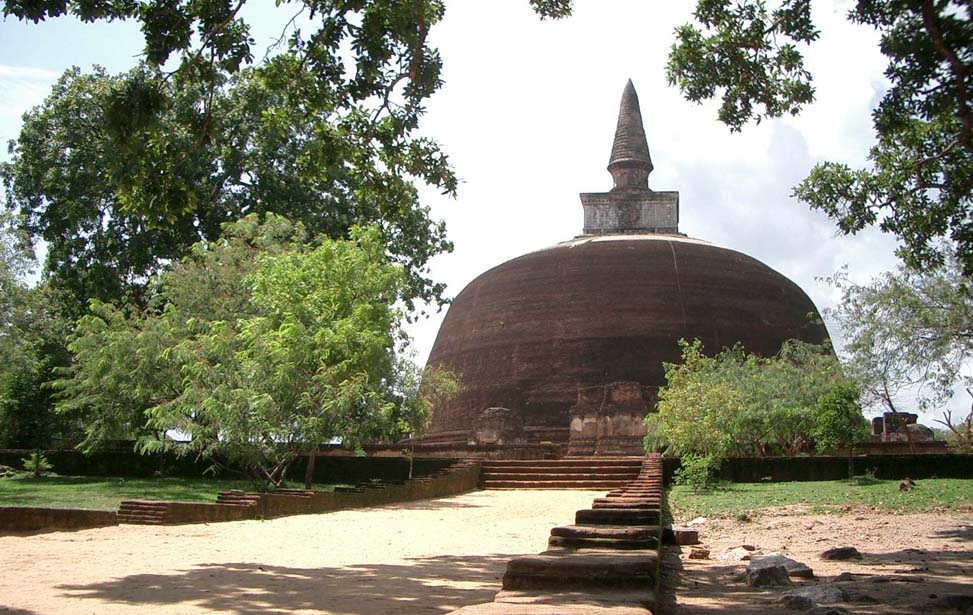
Rankoth vehera
Rankoth Vehera is a stupa located in the ancient city of Polonnaruwa in Sri Lanka. The stupa was built by Nissanka Malla of Polonnaruwa, who ruled the country from 1187 to 1196. The Rankoth Vehera has been built according to the tradition of the stupas of the Anuradhapura Maha Viharaya and bears a close resemblance to Ruwanwelisaya.In fact, a stone inscription situated close to the stupa even identifies it by the name "Ruwanweli". However, it has later come to be known by the currently used name, Rankoth Vehera. In Sinhalese, ran means gold, kotha is the name given to the pinnacle of a stupa, and vehera means stupa or temple. Thus, the name Rankoth Vehera can be roughly translated to English as "Gold Pinnacled Stupa".Along with the Kiri Vehera, it is one of the most revered stupas in Polonnaruwa.
-
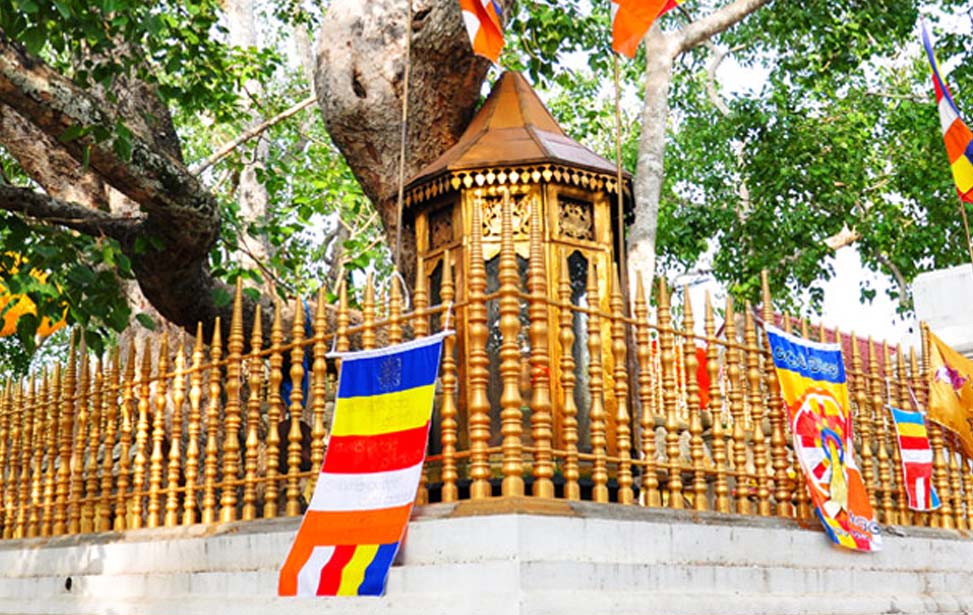 Anuradhapura
Anuradhapura
-
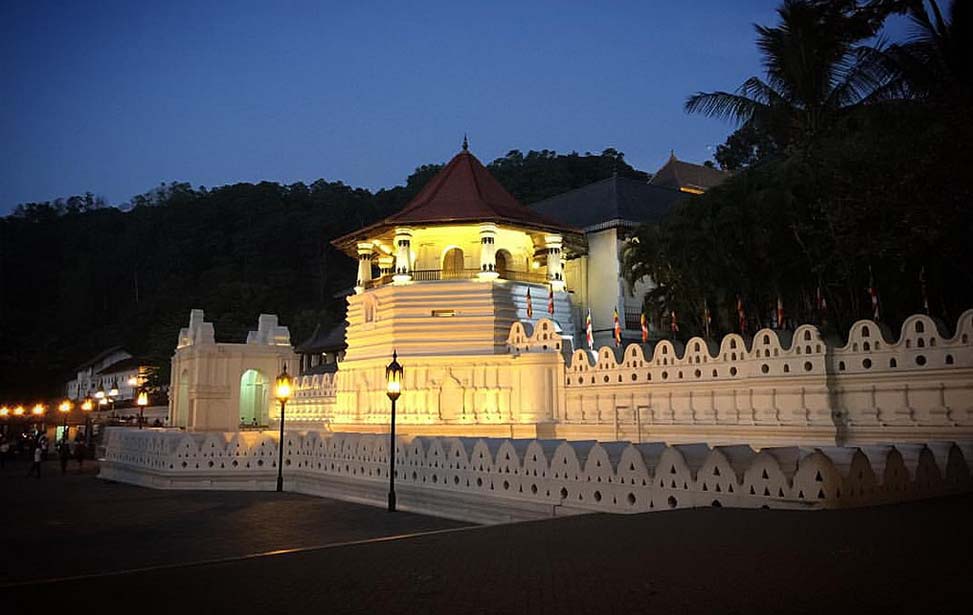 Kandy
Kandy
-
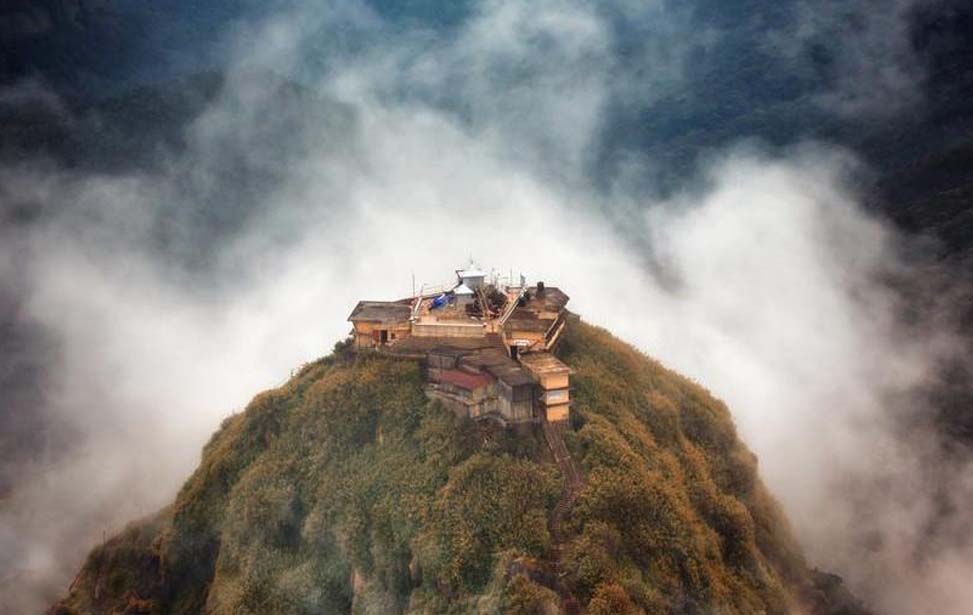 Adam's Peak
Adam's Peak
-
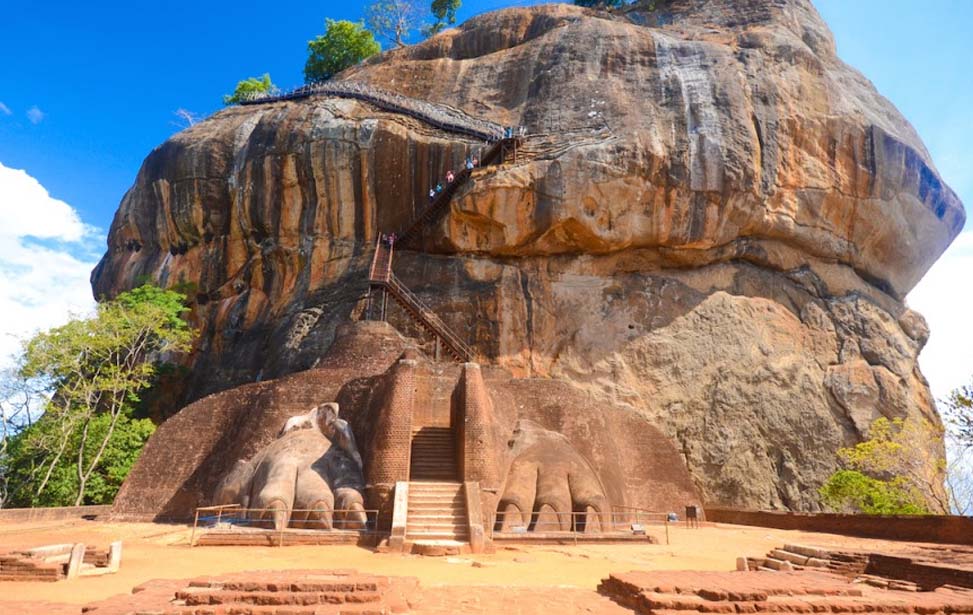 Sigiriya
Sigiriya
-
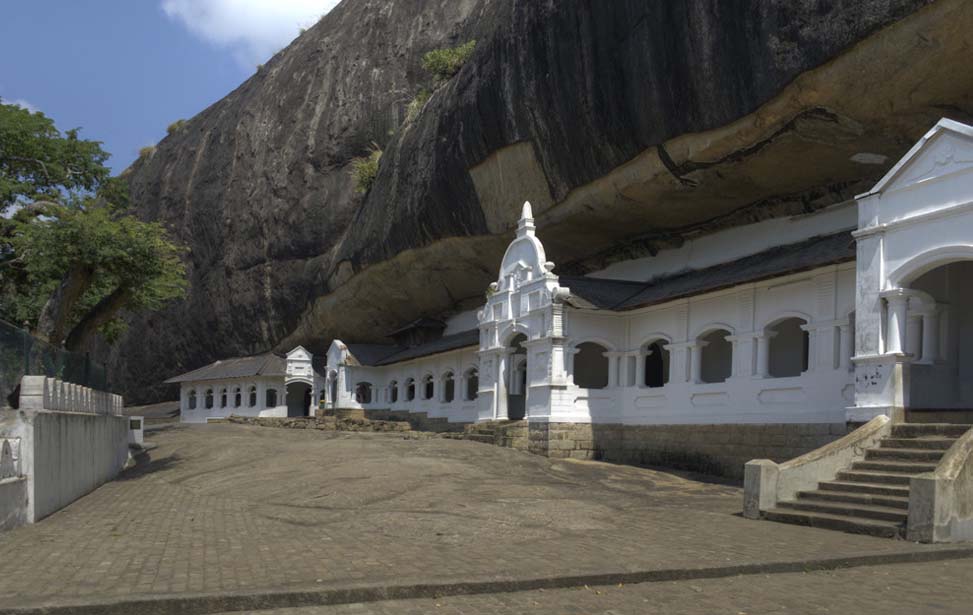 Dambulla
Dambulla
-
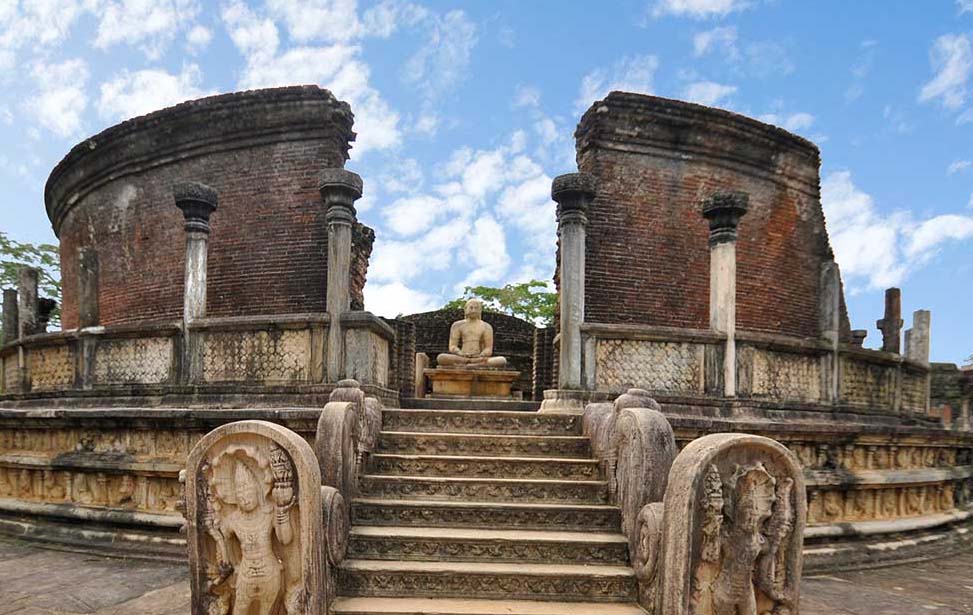 Polonnaruwa
Polonnaruwa
-
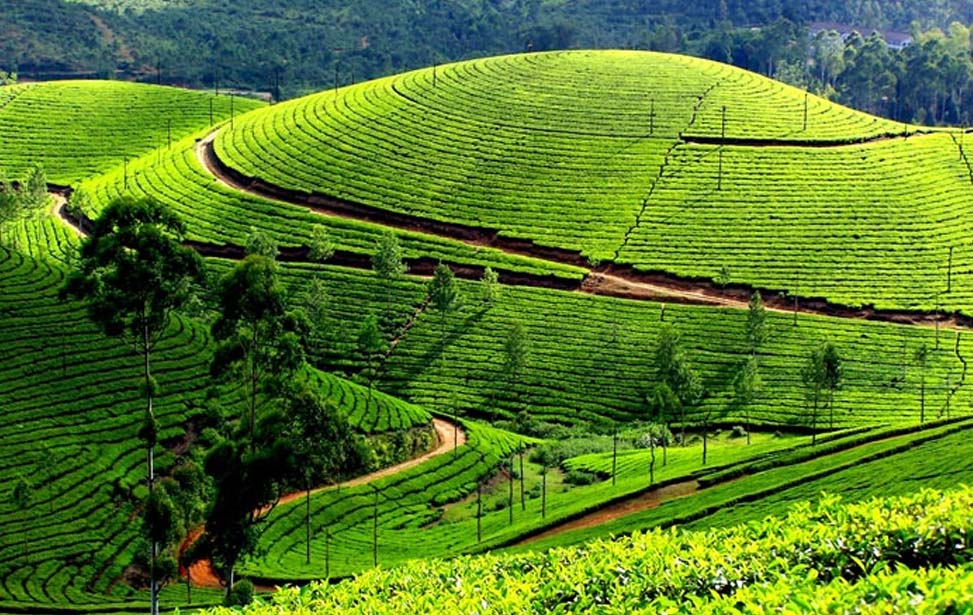 Nuwara Eliya
Nuwara Eliya
-
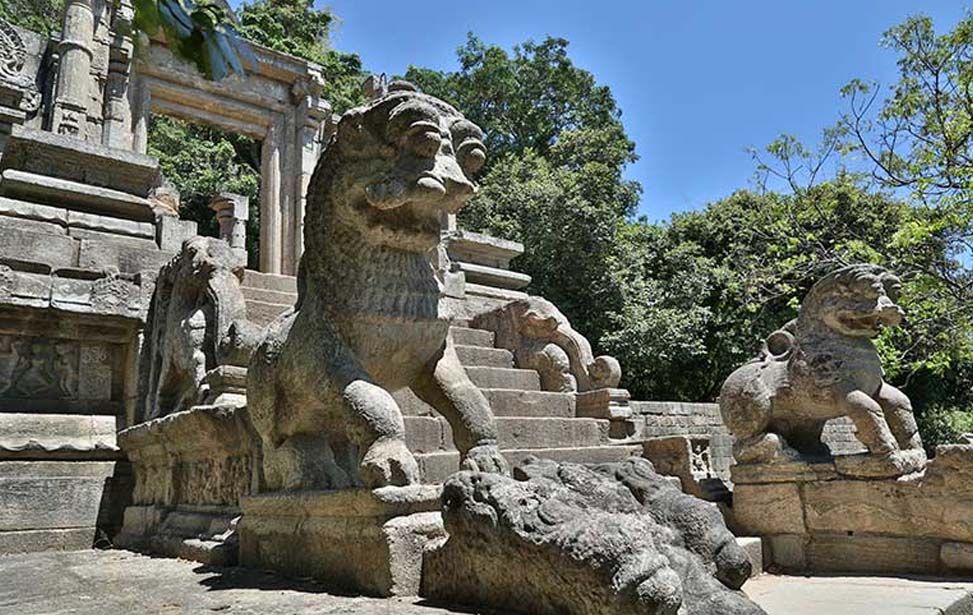 Yapahuwa
Yapahuwa
-
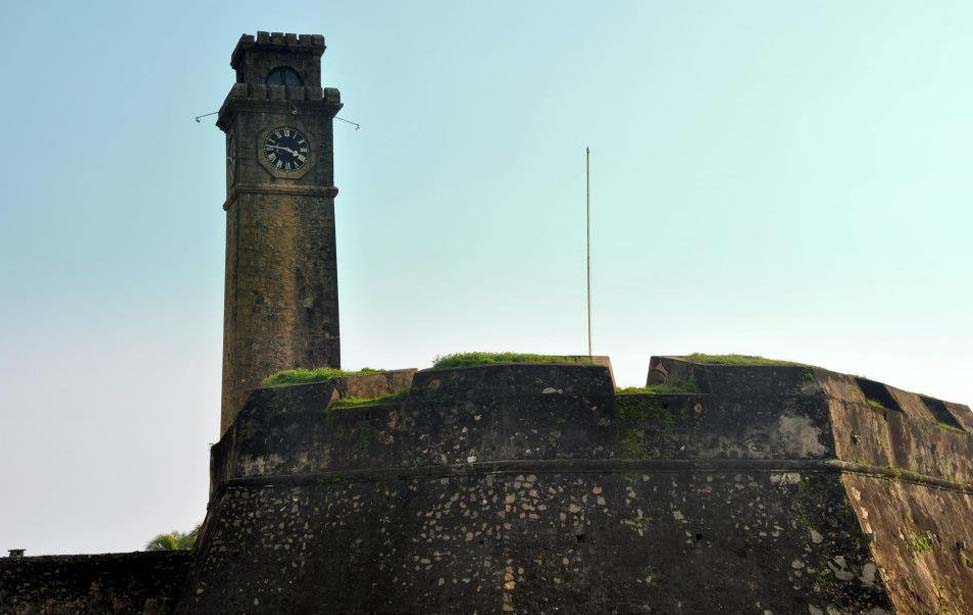 Galle
Galle
-
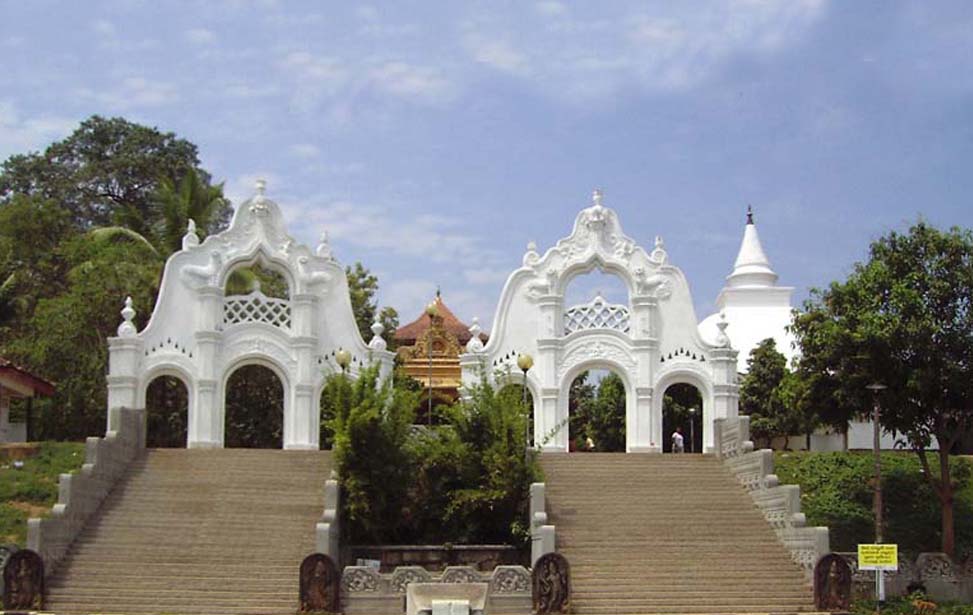 Kelaniya
Kelaniya
-
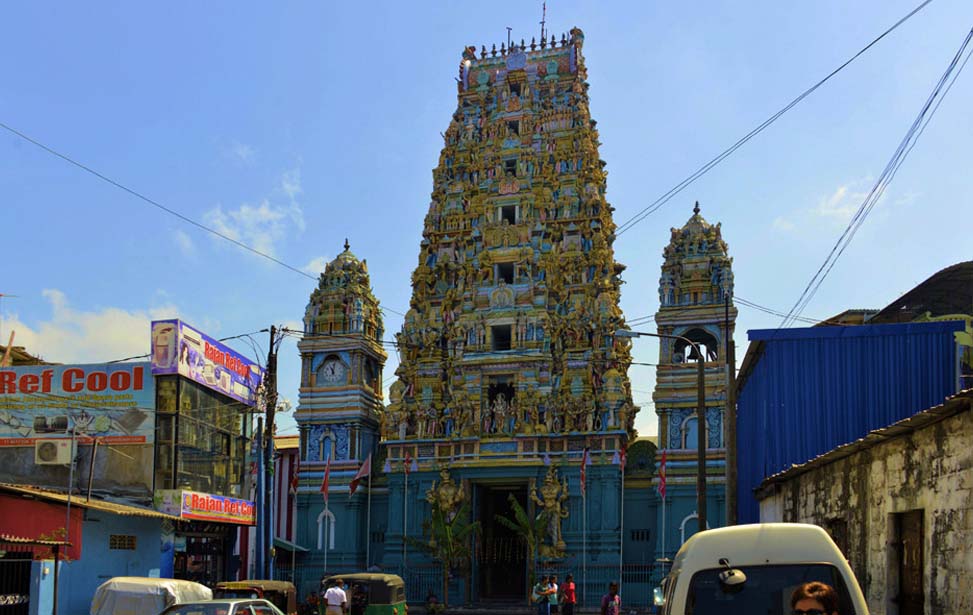 Jaffna
Jaffna
-
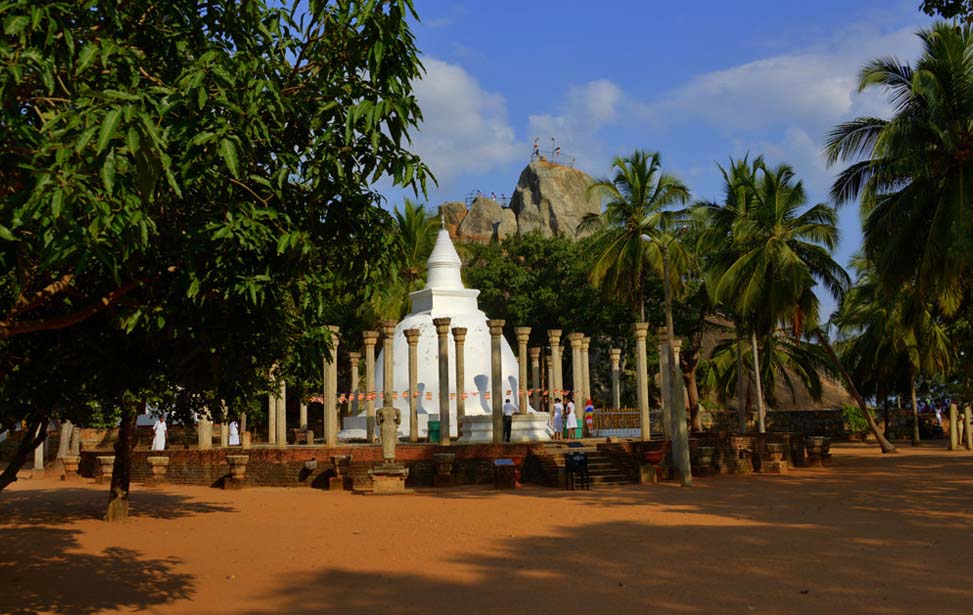 Mihinthalaya
Mihinthalaya
-
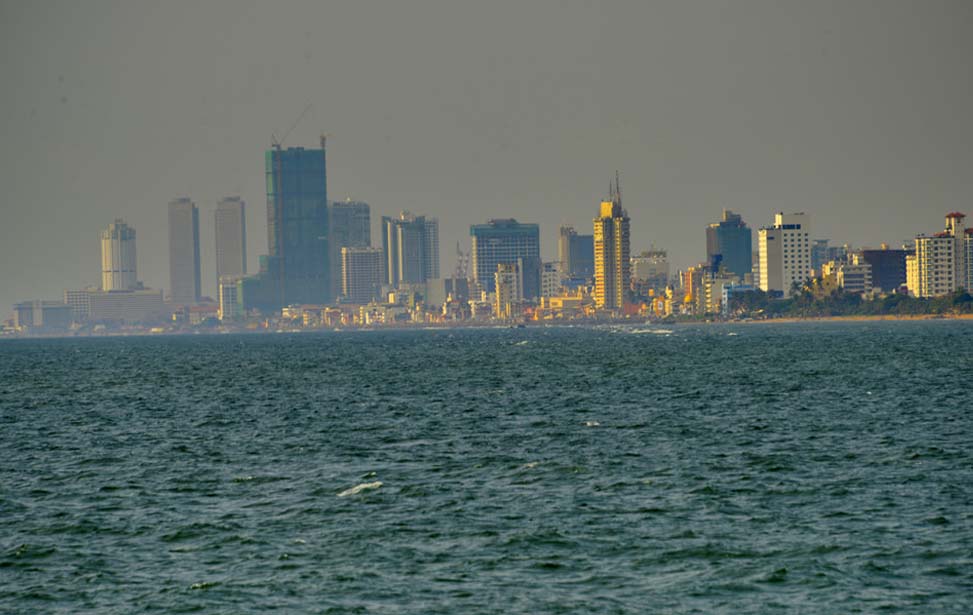 Colombo
Colombo
-
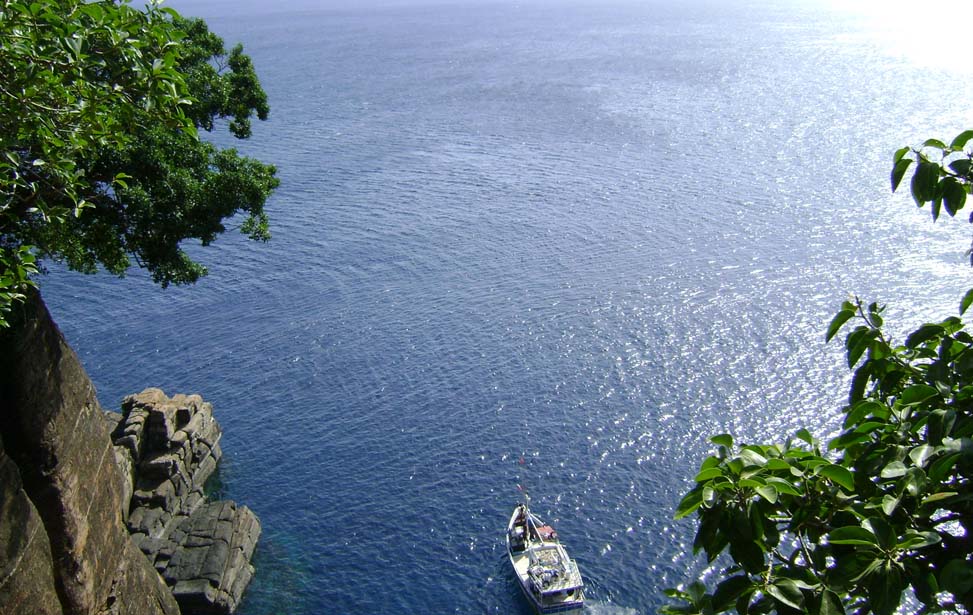 Trincomalee
Trincomalee
-
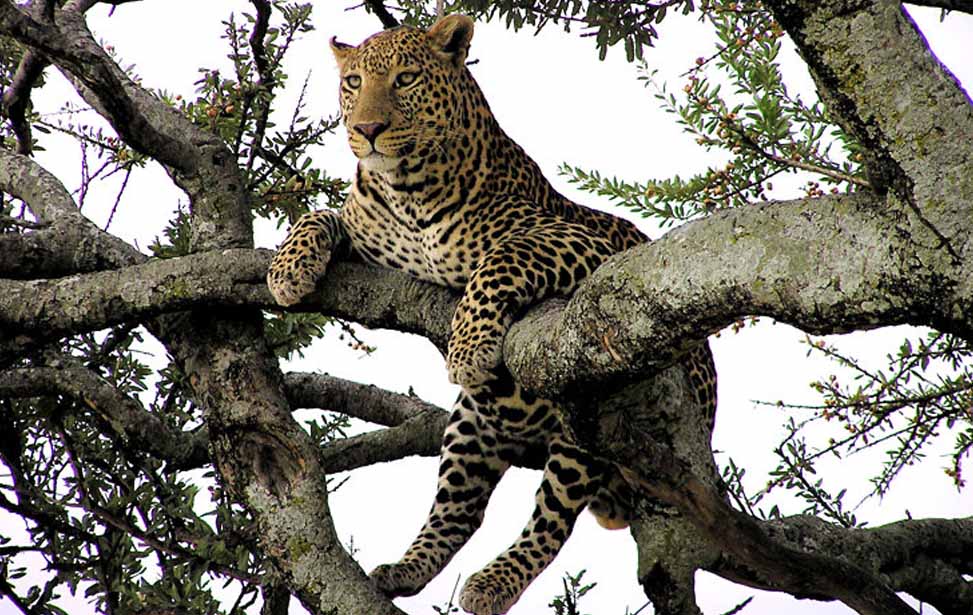 Yala Park
Yala Park
-
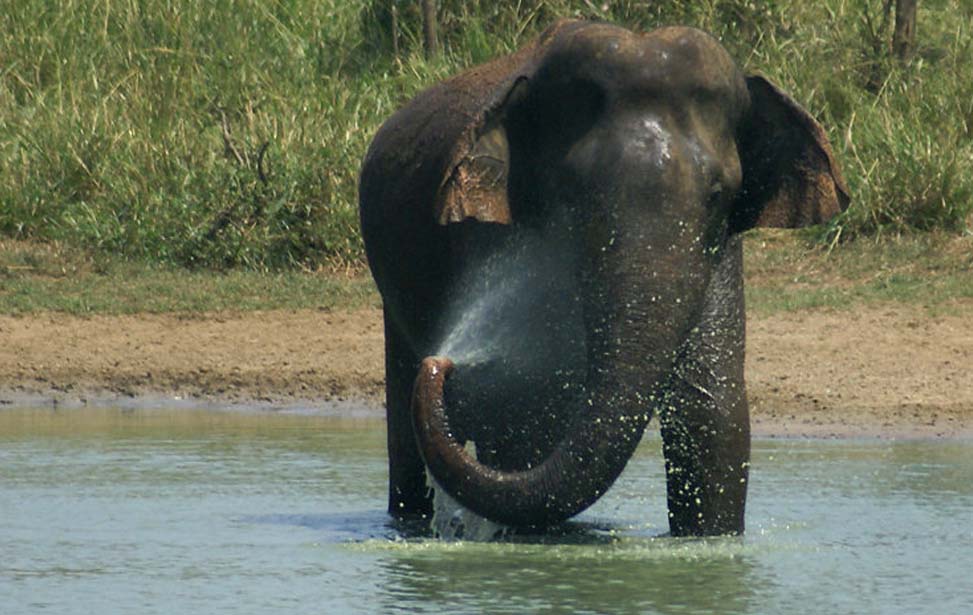 Udawalawa
Udawalawa
-
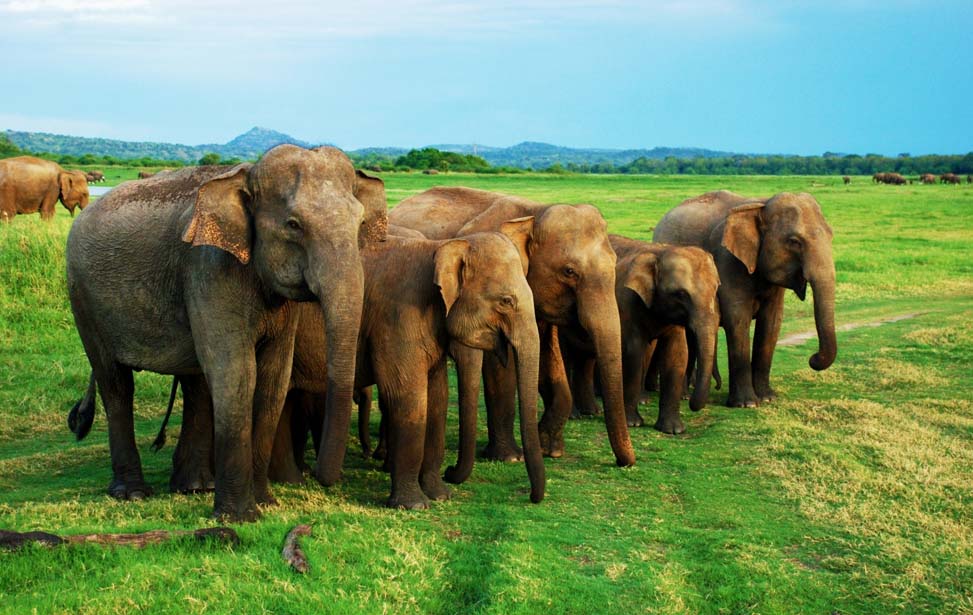 Minneriya
Minneriya
-
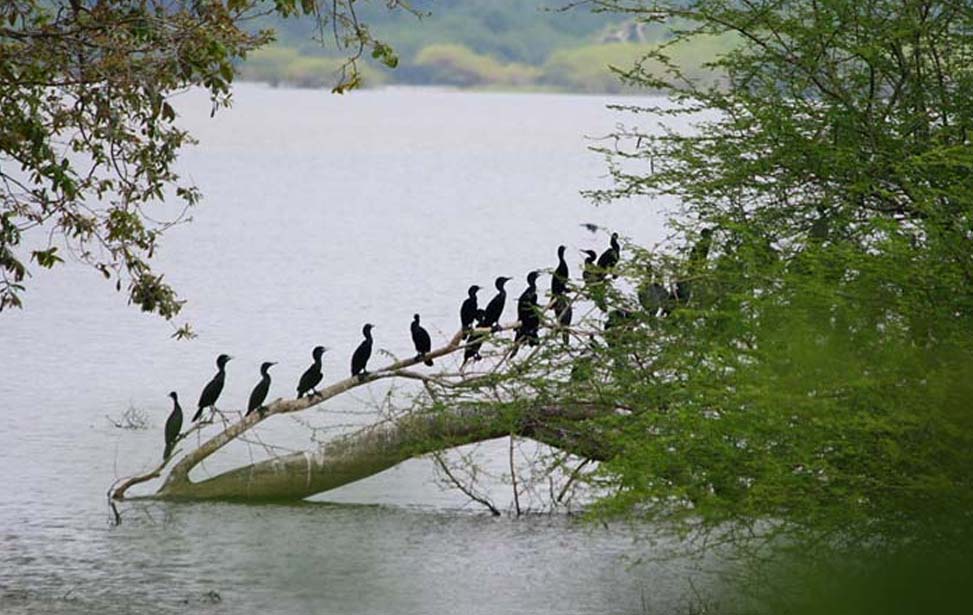 Wilpaththu
Wilpaththu
-
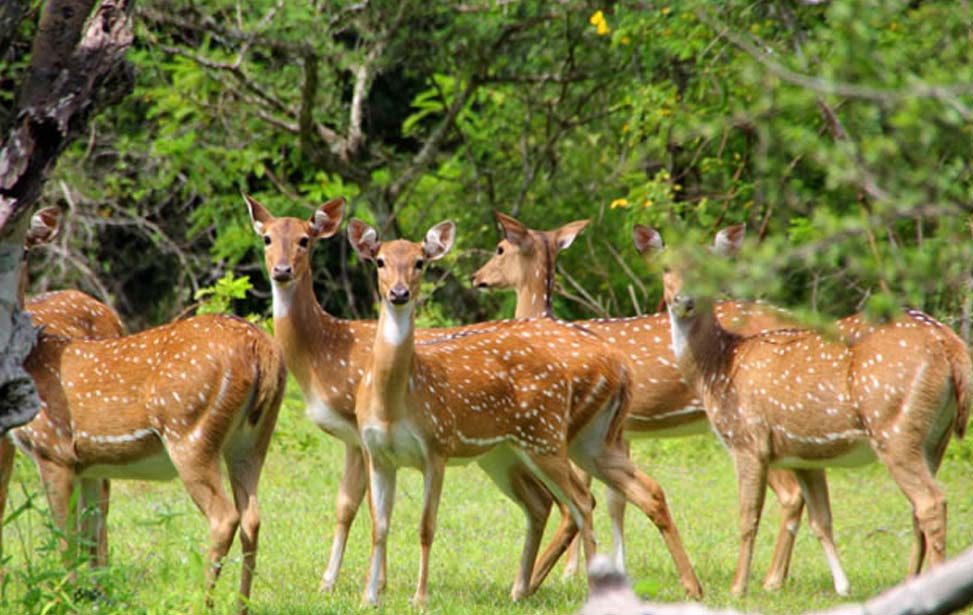 Kumana
Kumana
-
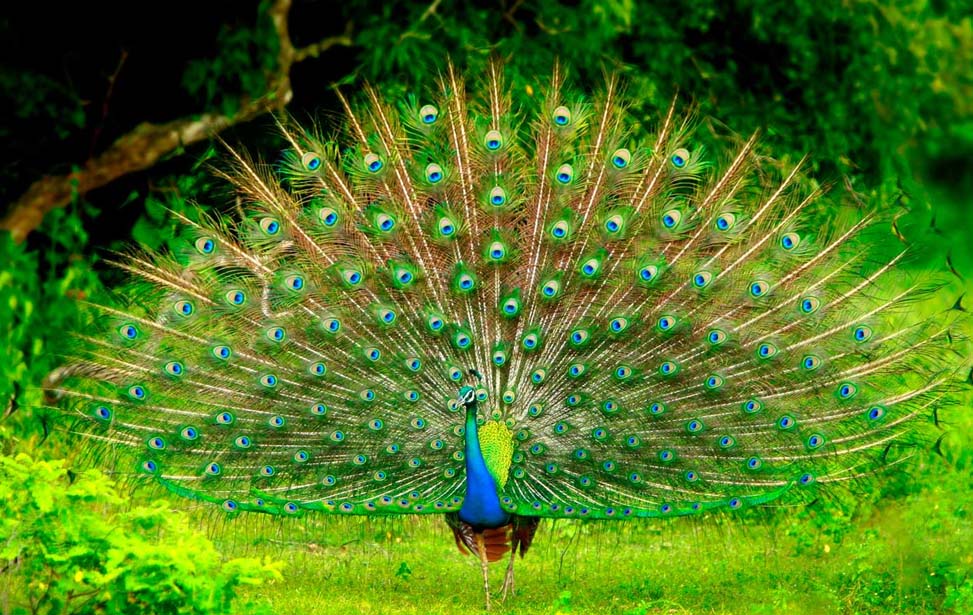 Wasgamuwa
Wasgamuwa
-
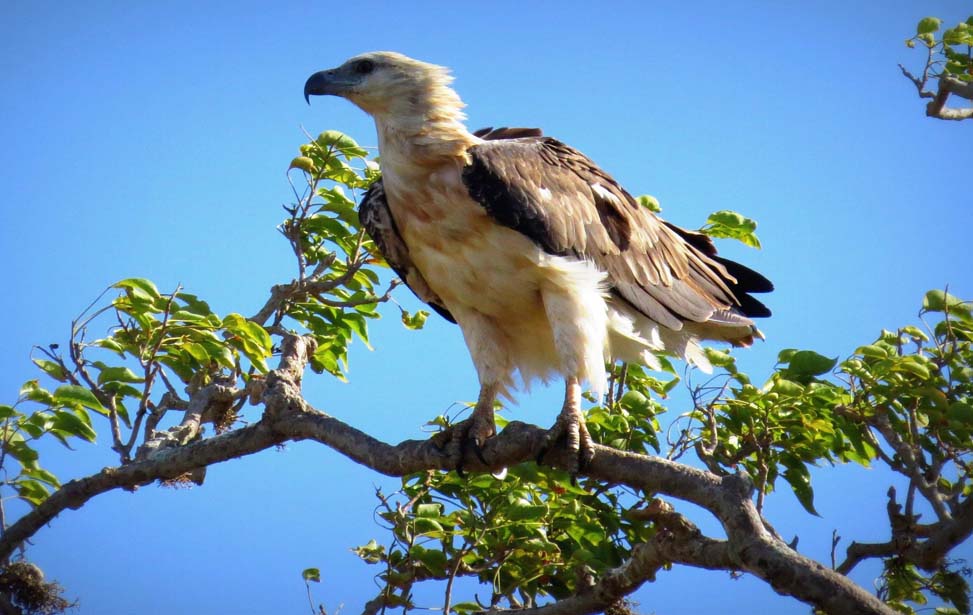 Bundala
Bundala
-
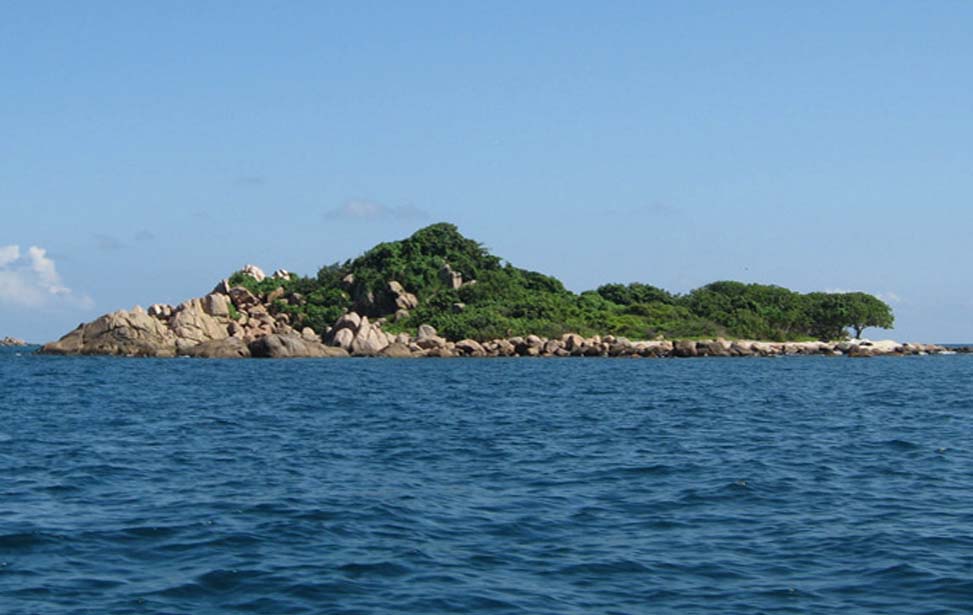 Pigeon Island
Pigeon Island
-
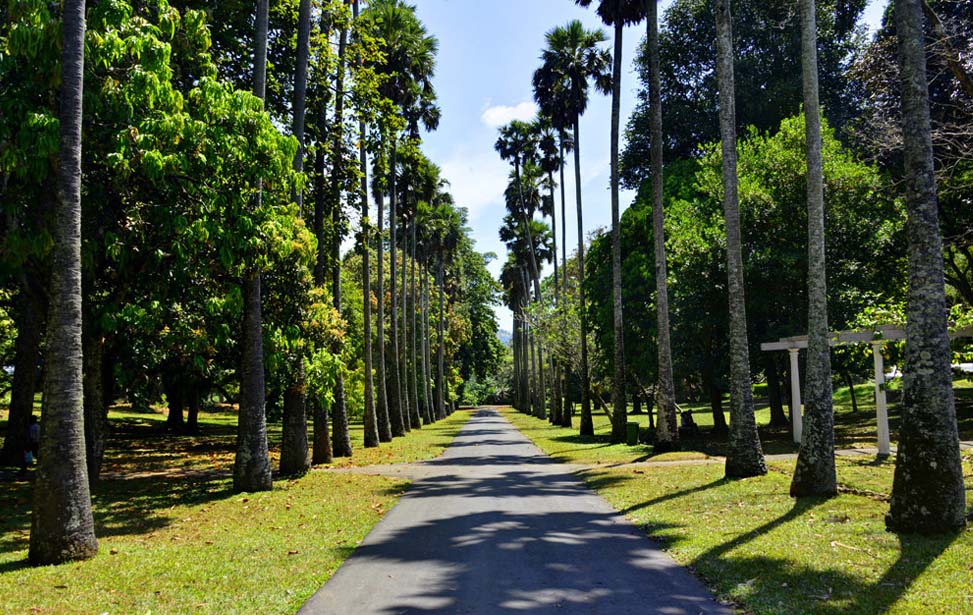 Peradeniya
Peradeniya
-
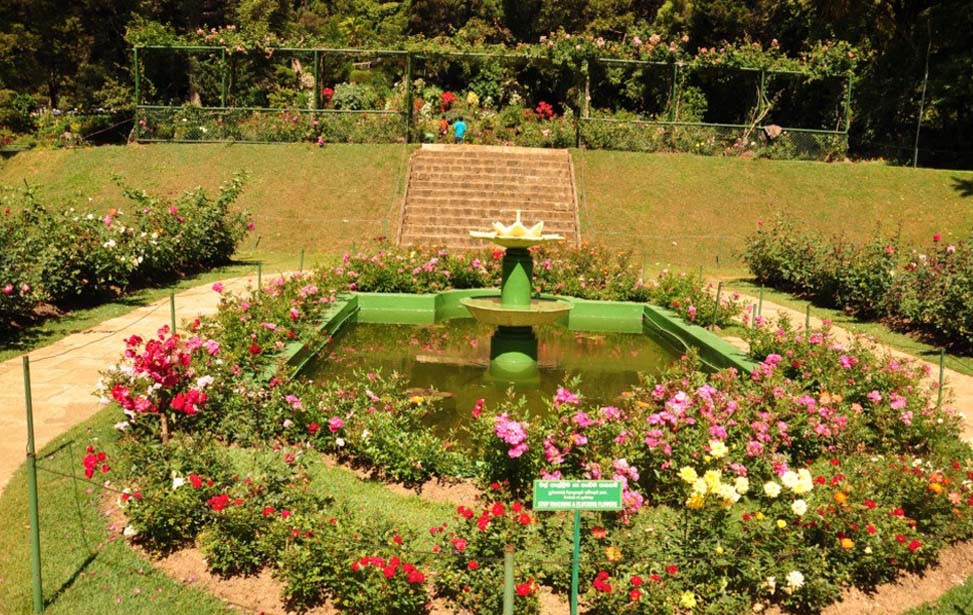 Hakgala
Hakgala
-
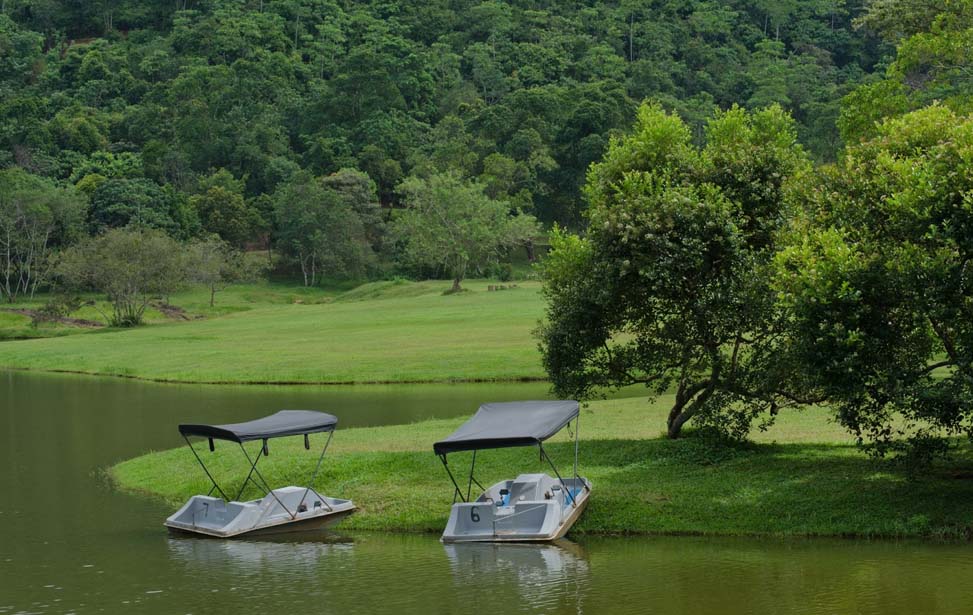 Seethawaka
Seethawaka
-
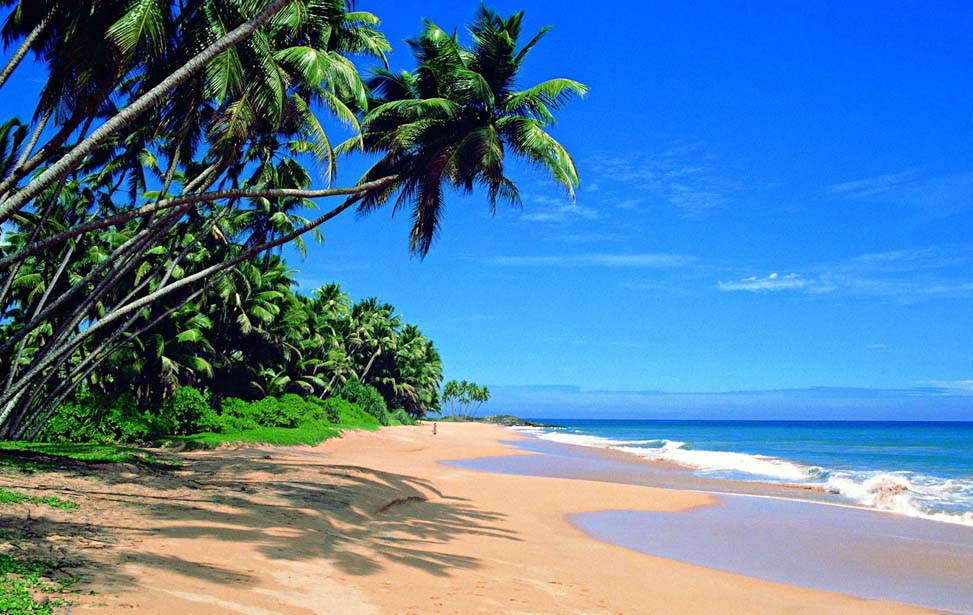 Unawatuna
Unawatuna
-
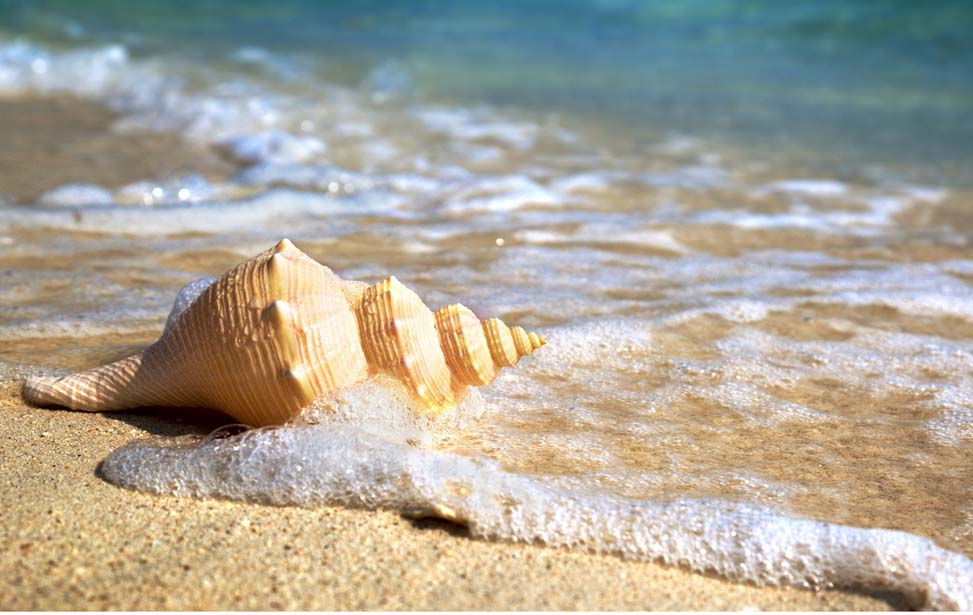 Hikkaduwa
Hikkaduwa
-
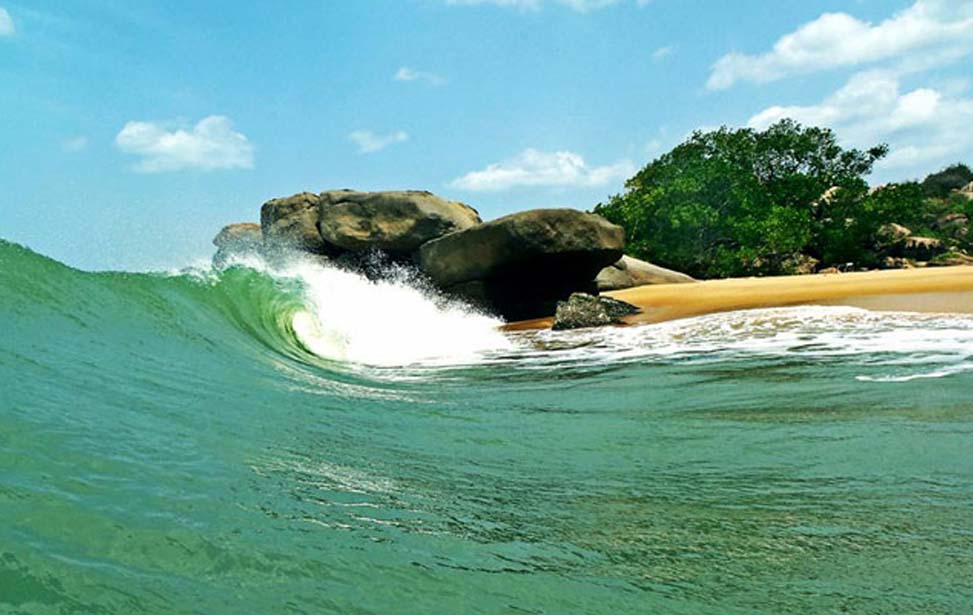 Arugam Bay
Arugam Bay
-
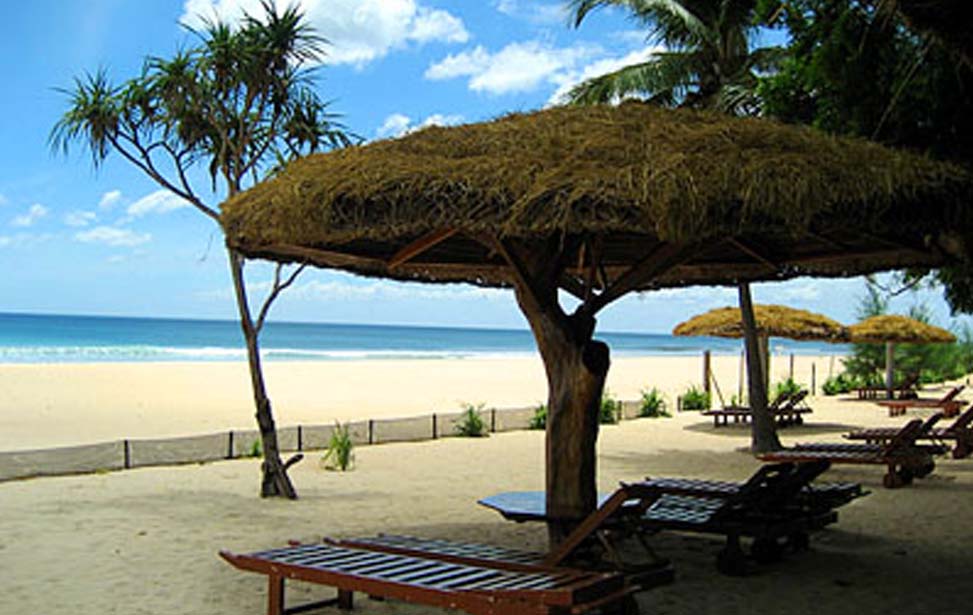 Nilaveli
Nilaveli
-
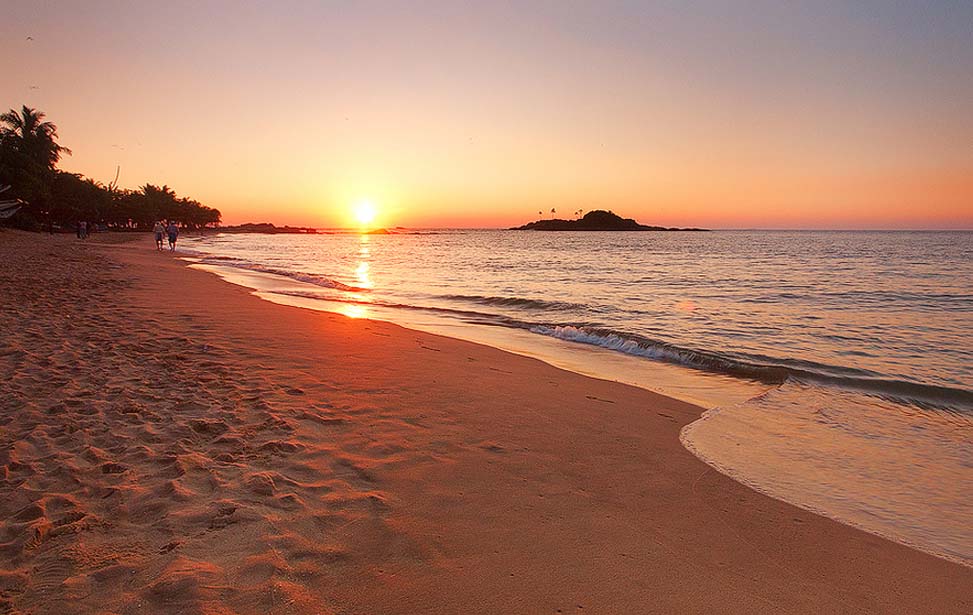 Beruwala
Beruwala
-
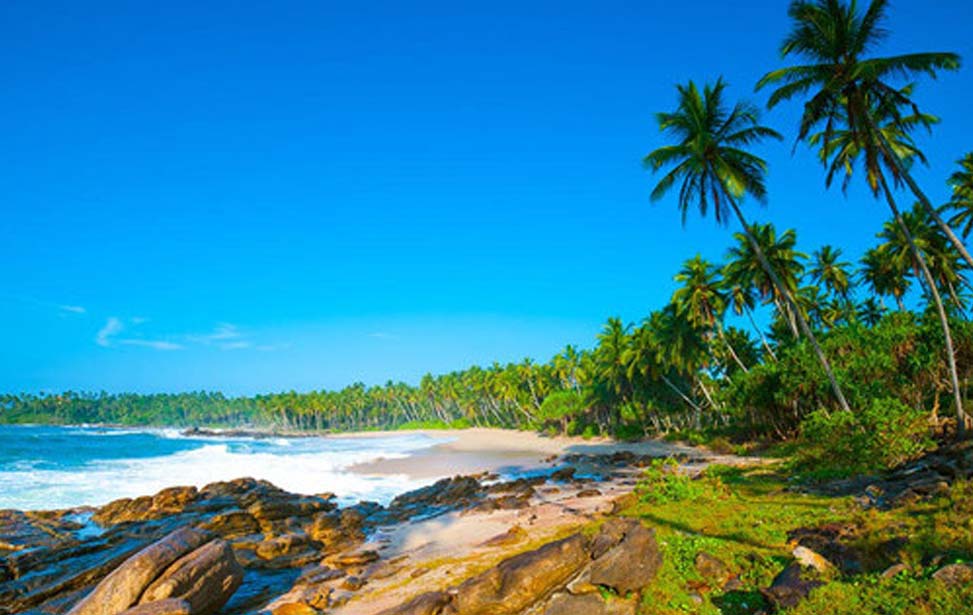 Thangalle
Thangalle
-
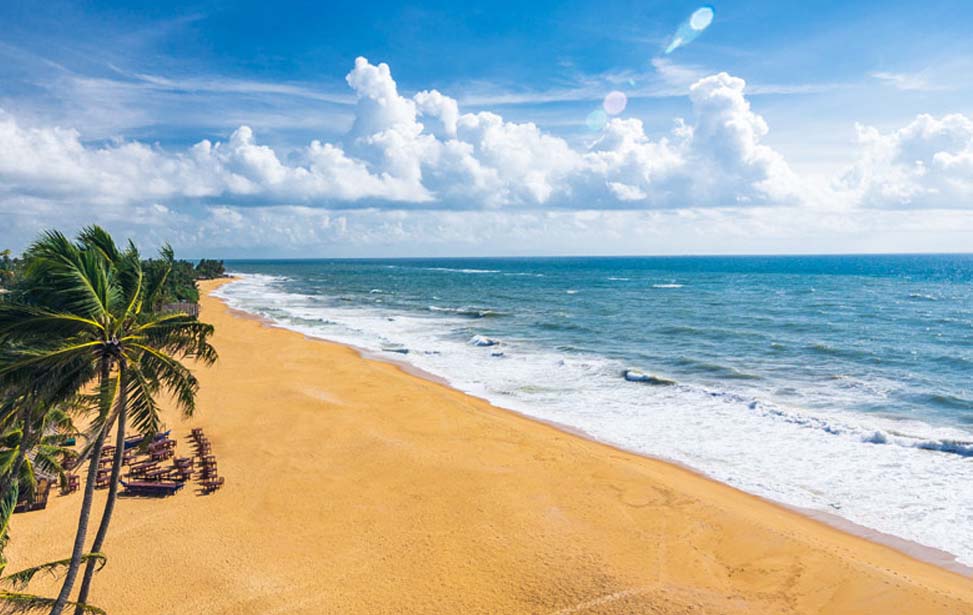 Mount Lavinia
Mount Lavinia
-
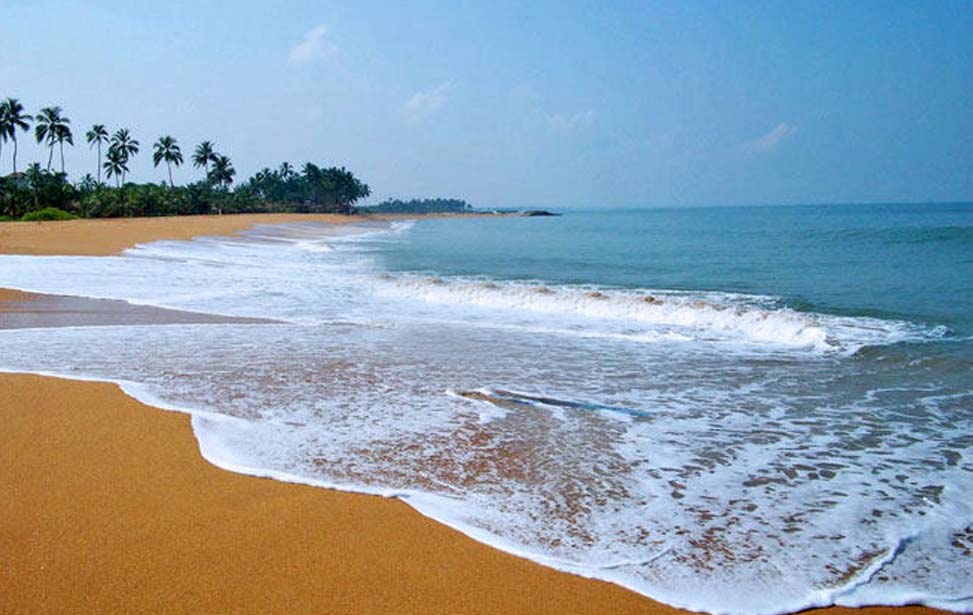 Negombo Beach
Negombo Beach
-
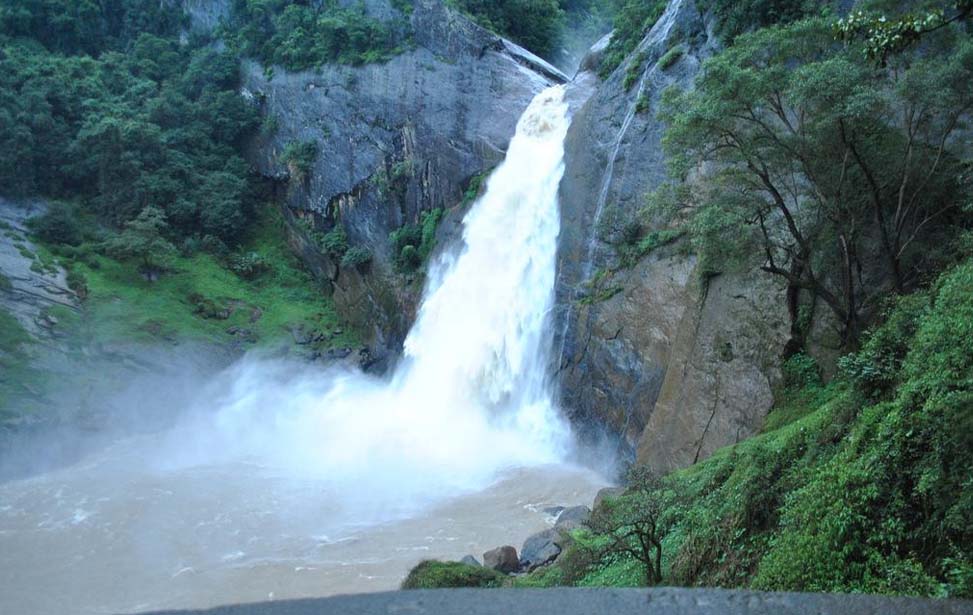 Dunhida Ella
Dunhida Ella
-
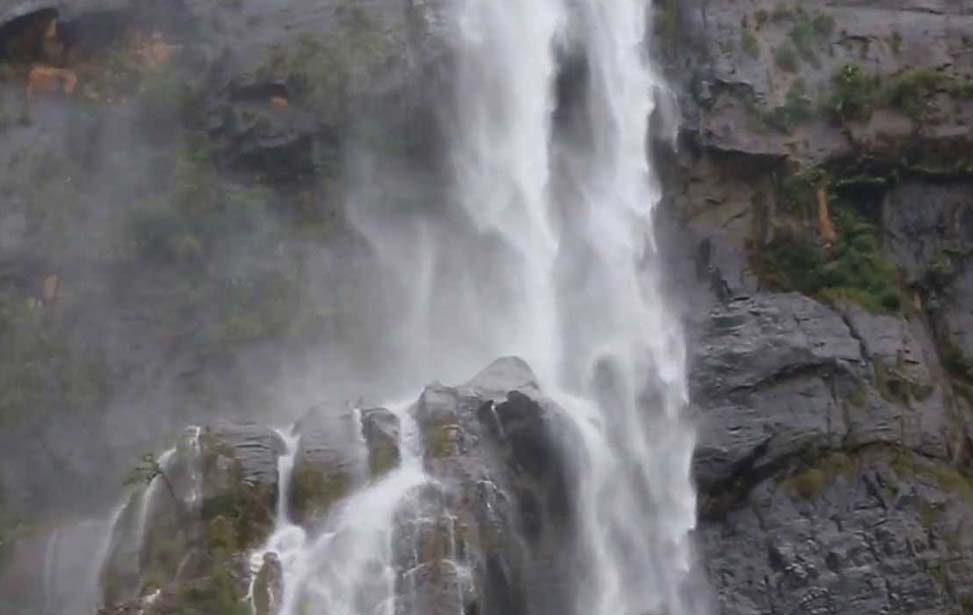 Diyaluma Ella
Diyaluma Ella
-
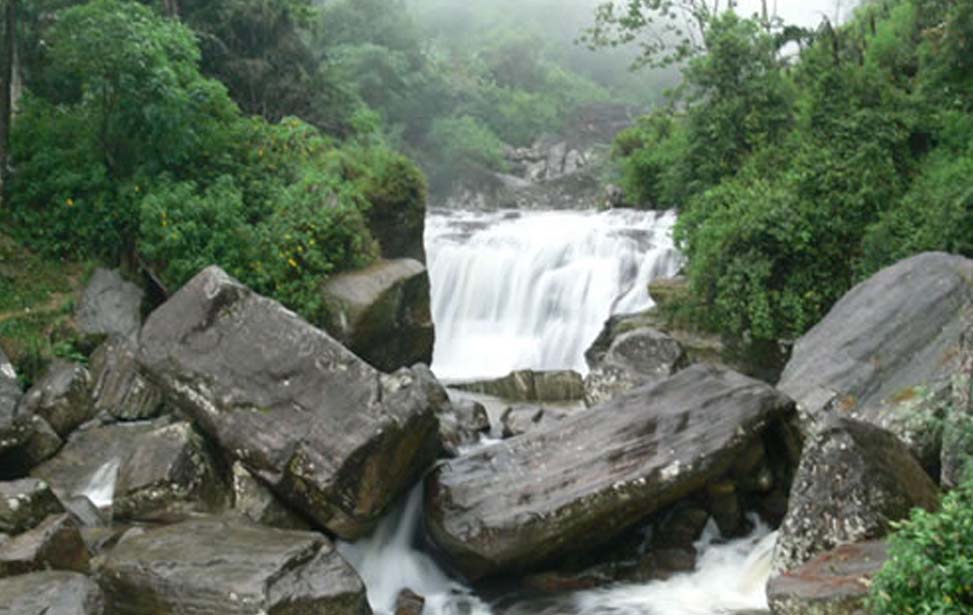 Ramboda Ella
Ramboda Ella
-
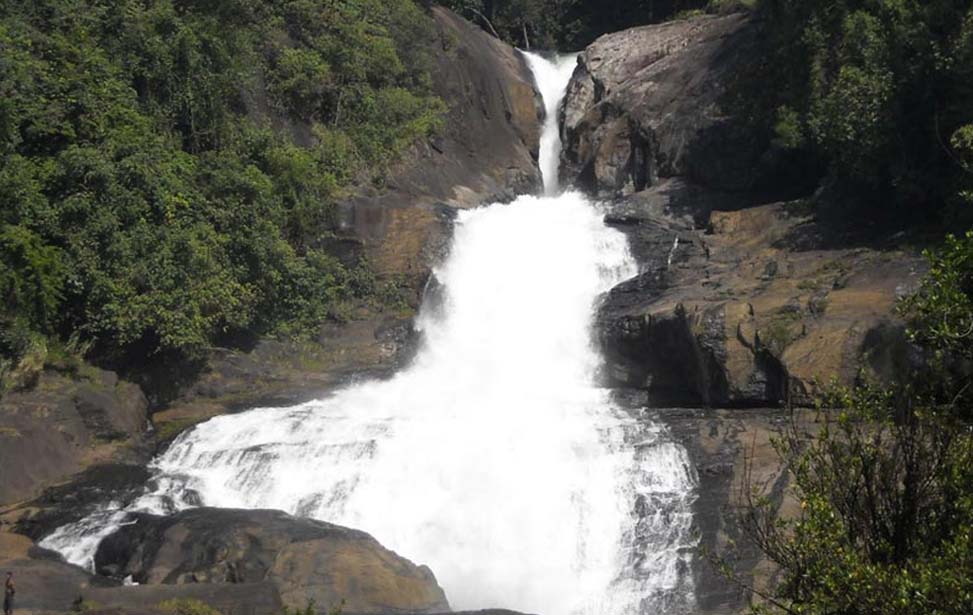 Bopath Ella
Bopath Ella
-
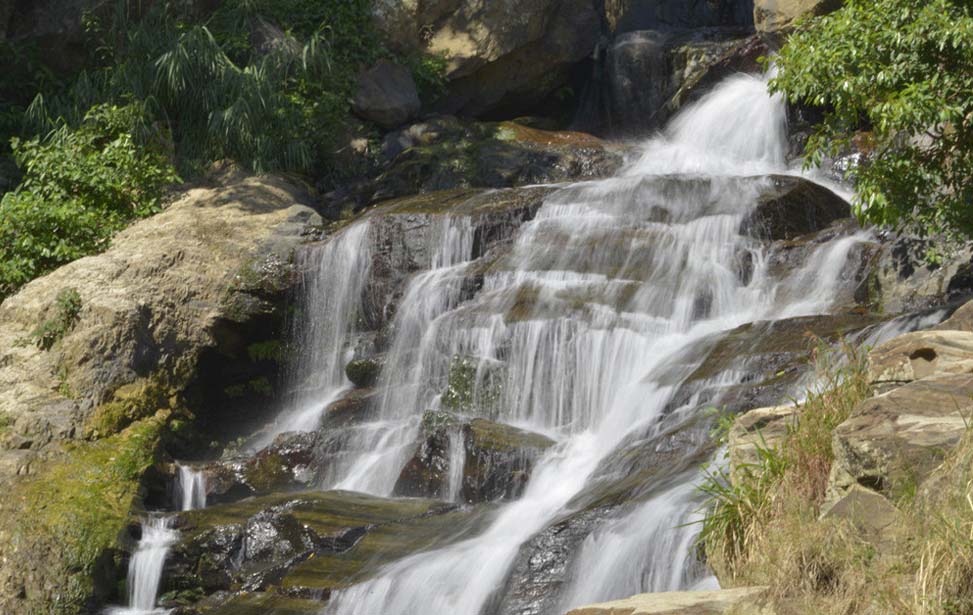 Ravana Ella
Ravana Ella
-
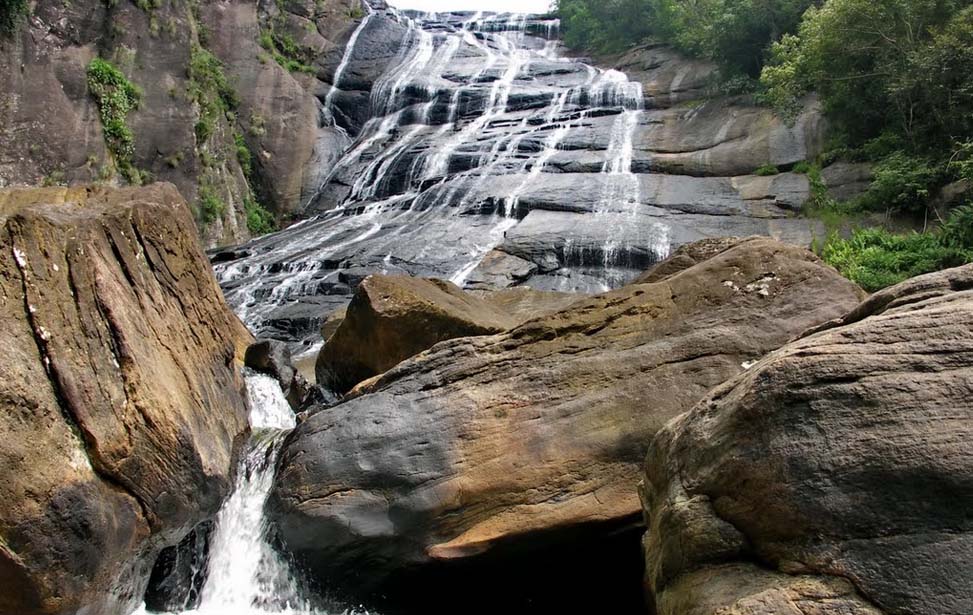 Kirindi Ella
Kirindi Ella
-
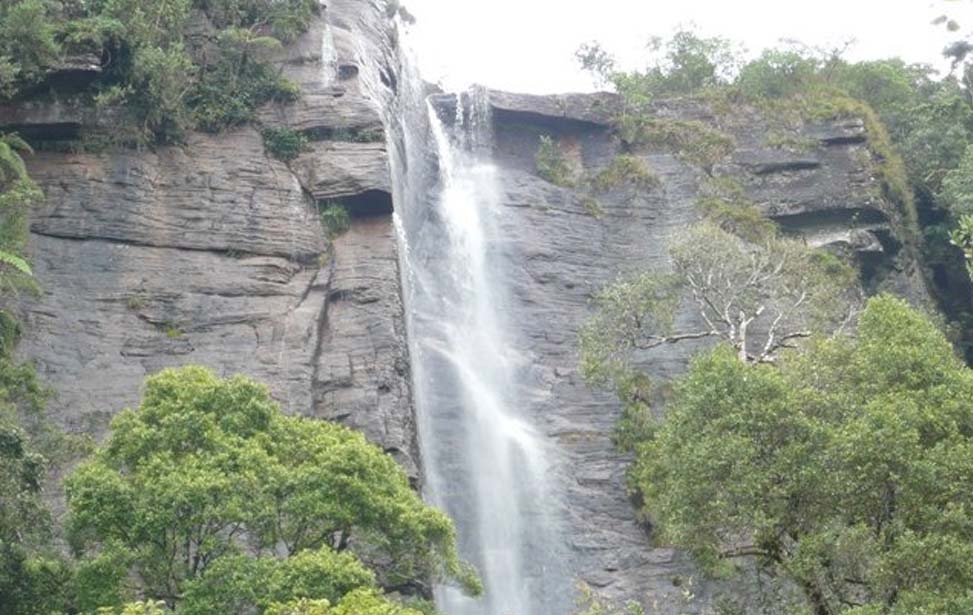 Lovers Leap
Lovers Leap


